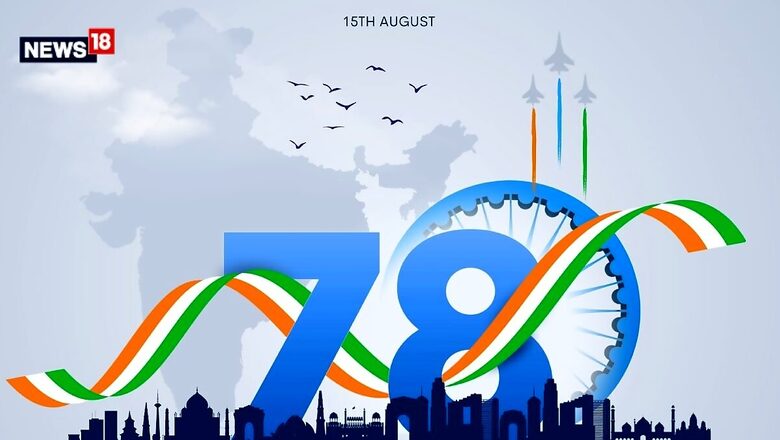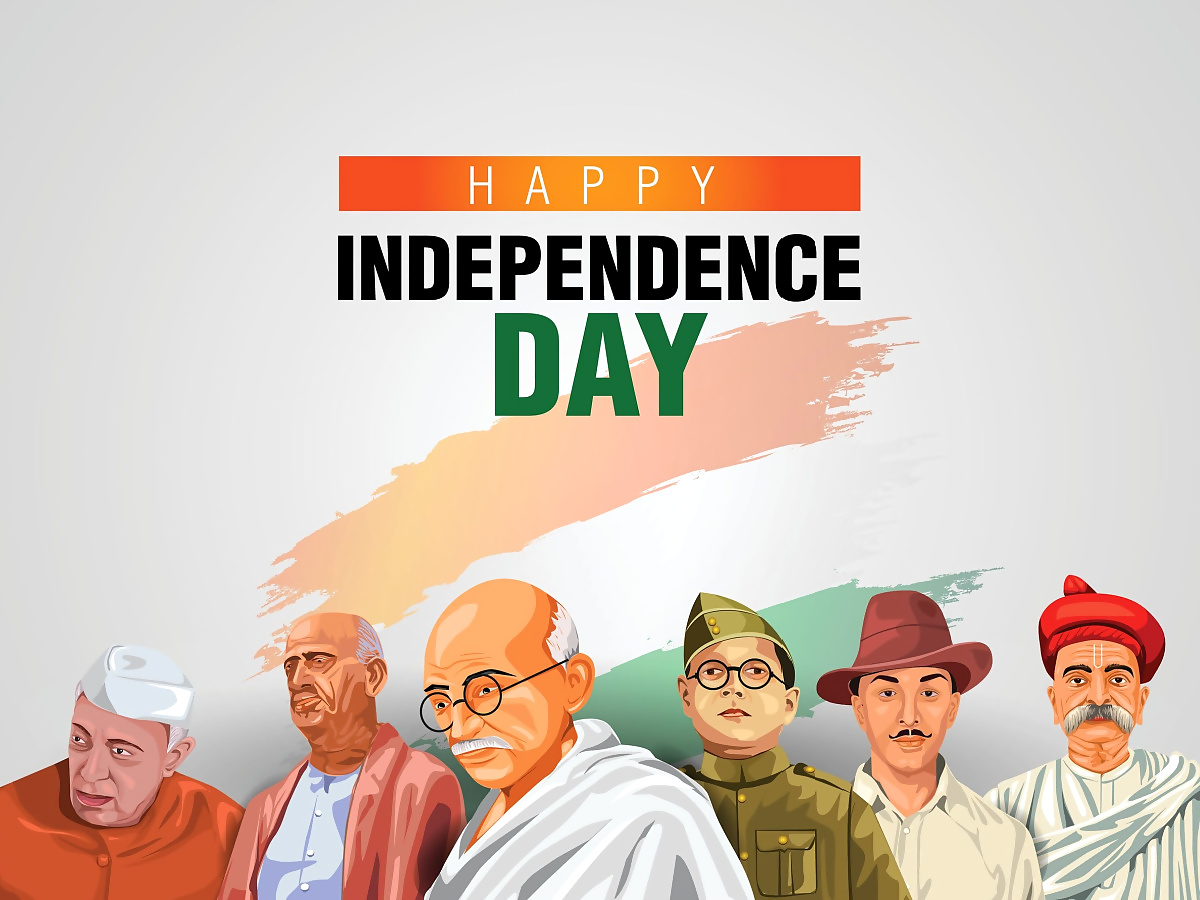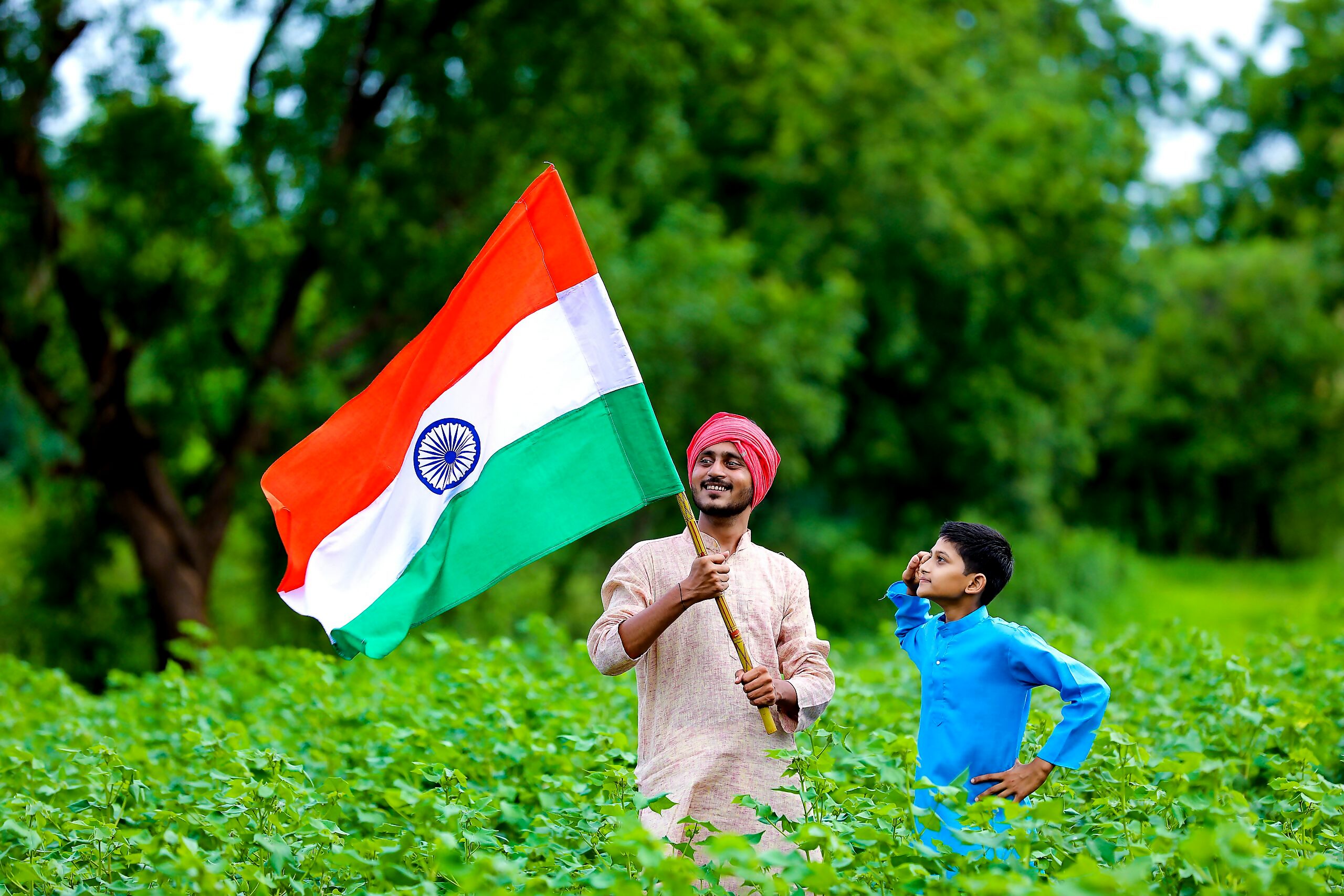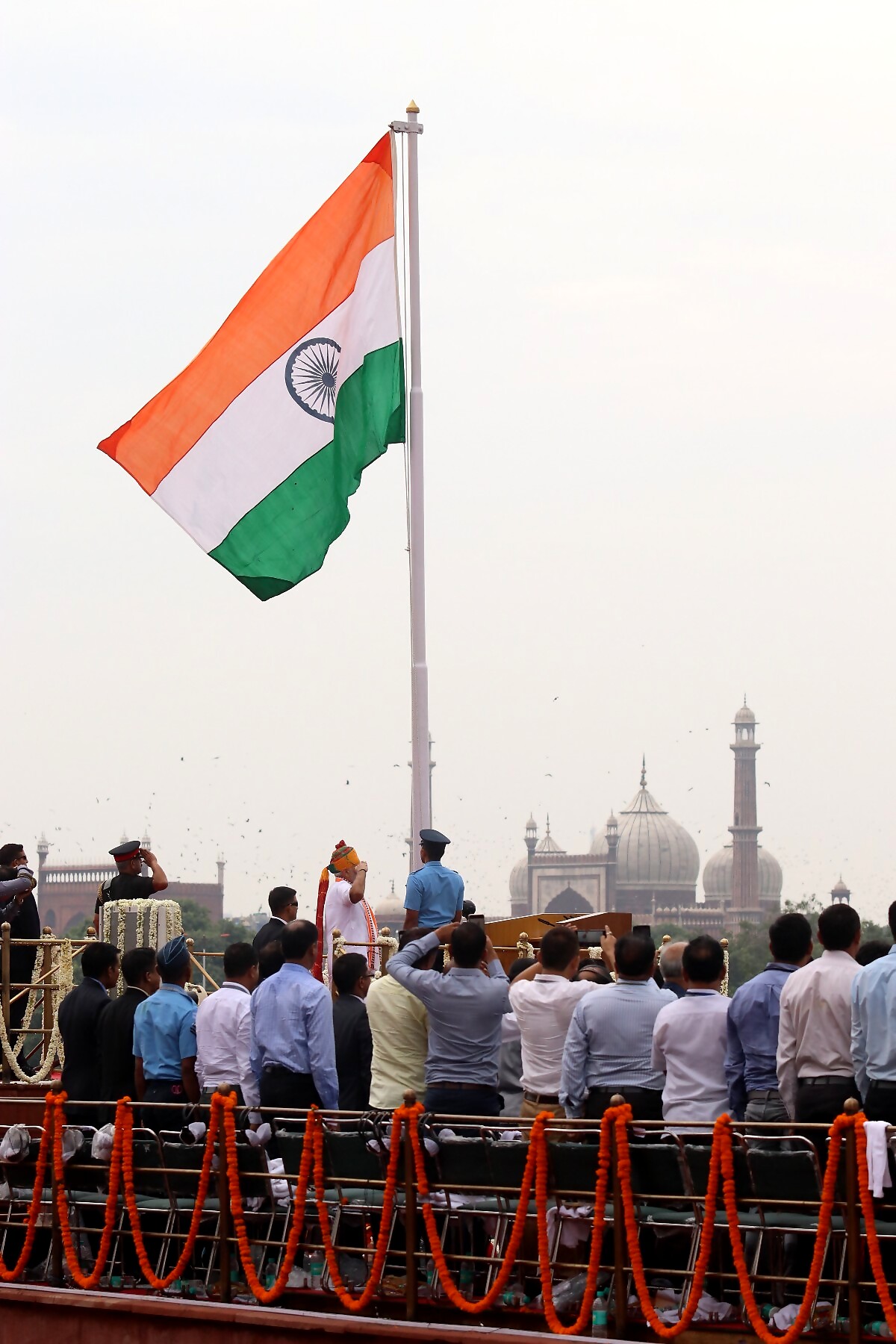
views
Independence Day in India is observed annually on August 15. This day marks the historic event in 1947 when India gained freedom from British colonial rule after nearly two centuries of subjugation. The struggle for independence was characterised by a long and arduous campaign involving numerous freedom fighters and leaders who employed a variety of methods, from non-violent protests and civil disobedience, led by figures like Mahatma Gandhi, to revolutionary activities orchestrated by groups like the Indian National Army.
READ ALSO: Happy Independence Day 2024: Heartfelt Wishes, Quotes, Images, and Greetings to Celebrate India’s 78th Year of Freedom!

Independence Day 2024 Theme
India celebrates its 78th Independence Day with a focus on ‘Viksit Bharat’.
Aligned with the government’s vision, this year’s theme emphasizes India’s journey towards becoming a developed nation by 2047, marking the centenary of independence.
Independence Day History
The British East India Company initially arrived in India in the early 1600s for trade purposes but gradually expanded its influence and control over the Indian subcontinent.
Following the Battle of Plassey in 1757, the Company began to establish its rule, leading to widespread exploitation and oppression.
By the mid-19th century, the British Crown had taken direct control, formally instituting the British Raj in 1858 after the Revolt of 1857, also known as the First War of Indian Independence.
On July 4, 1947, the Indian Independence Bill was introduced in the British House of Colonials. British dominance came to an end after 200 years on August 15, 1947.
The British enacted the Indian Independence Act on July 18, 1947 and the entire act was the reason for the Indian Independence Movement, which had been active for a long period.
Negotiations between the British government and Indian leaders, including Jawaharlal Nehru, Sardar Vallabhbhai Patel and Muhammad Ali Jinnah, led to the decision to partition the country into two separate nations: India and Pakistan. This was aimed at addressing the demands of the Muslim League, led by Jinnah, for a separate state for Muslims.
On August 15, 1947, India officially gained independence. The transfer of power was marked by the raising of the Indian national flag and a speech by Jawaharlal Nehru, the first Prime Minister of independent India, famously known as the “Tryst with Destiny” speech. This day also saw the partition of the subcontinent into India and Pakistan, leading to significant demographic shifts and communal violence.

Independence Day Significance
Independence Day commemorates the end of a long and arduous struggle for freedom, which was characterised by widespread mobilisation of the Indian populace, non-violent resistance led by figures like Mahatma Gandhi and numerous sacrifices by freedom fighters.
It also marked the establishment of India as a democratic republic. It laid the foundation for a government “of the people, by the people, for the people,” emphasising the principles of democracy, justice and liberty.
Independence Day is a multifaceted celebration that honours India’s past struggles, celebrates its present achievements and looks forward to future aspirations. It is a day of national pride, unity and reflection, embodying the spirit of freedom and the ongoing quest to build a better nation for all its citizens.
How India Celebrates Independence Day

Although August 15 is a national holiday, there is a range of patriotic and cultural activities done across the country. The celebrations are both official and public, involving various ceremonies, events and displays of national pride.
The primary event is held at the Red Fort in Delhi. The Prime Minister hoists the national flag, followed by the singing of the national anthem. He addresses the nation, highlighting achievements over the past year, laying out the government’s plans and paying tribute to the freedom fighters.
A parade showcasing India’s military capabilities and cultural diversity follows the speech. It includes performances by school children, tableaux representing different states and displays by the armed forces.
People all over the world hoist the national flag, have cultural programs and conduct special seminars about India’s struggle for Independence. It is a day of national pride and a time for Indians to remember their history honour the sacrifices of freedom fighters and celebrate the nation’s achievements and cultural heritage.


















Comments
0 comment